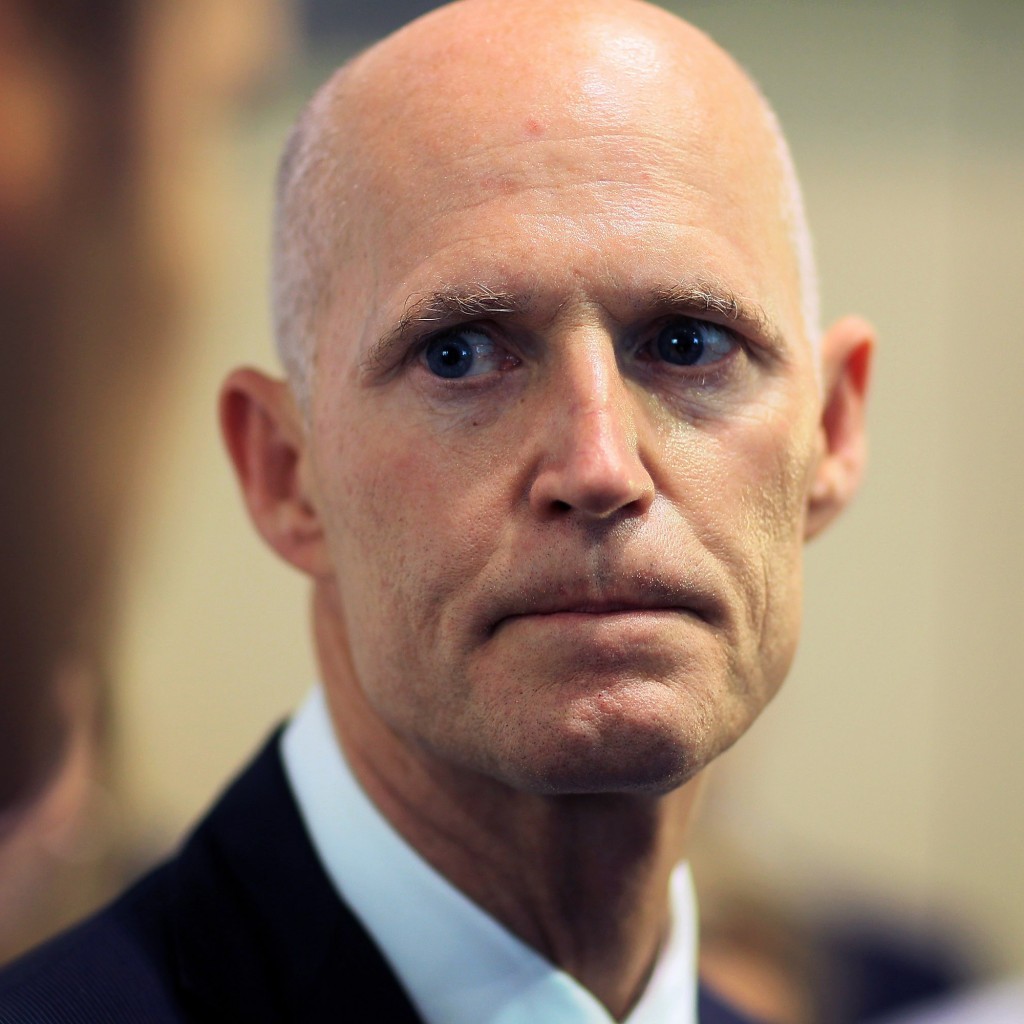
The Florida Hospital Association has a message for Florida Gov. Rick Scott: don’t increase our taxes.
In a May 18 two-page draft letter, the association has written the governor a letter making clear that the hospitals don’t believe a way to plug the loss of the federal Low Income Pool program is through a tax on their revenues. LIP is a $2.2 billion supplemental Medicaid payments made mostly to hospitals and funded mostly through county dollars as well as federal Medicaid dollars.
In a draft letter to the governor, the hospital association said that it did not support increasing the public medical assistance trust fund (PMATF) tax, which is paid by hospitals on their annual net operating revenues. The longstanding tax is assessed on hospital inpatient and outpatient care. There is a 1.5 percent assessment on inpatient care and a 1 percent assessment on outpatient care.
“You have suggested that a new tax on hospital operation surpluses might be a way to sustain the existing LIP program,” the draft FHA letter to the governor reads. “Such an arrangement is not a solution to the challenge we face. It is clear the the Centers for Medicare and Medicaid Services (CMS) will not sustain the LIP program under current terms and conditions.”
The letter is a response to Scott asking hospitals to develop a profit sharing scenario and supply him the information by May 22.
A Navigant report-showed in fiscal year 2012/13, the provider assessment generated $497 million in funds for the Medicaid program which generated $679 million in federal matching funds resulting in a total of $1.176 billion in funds for Medicaid reimbursements.
The report—required by the federal government and paid for by Florida–shows if the PMATF was increased to 3.75 percent of hospital inpatient revenue and 3.25 percent of hospital outpatient revenue it would bring in enough funds for the state to completely replace the funding created by the current LIP program.
The report notes, though, that without some form of Medicaid waiver the provider assessment would at the most be able to fund approximately $1.5 billion beyond what the assessment already funds today.


